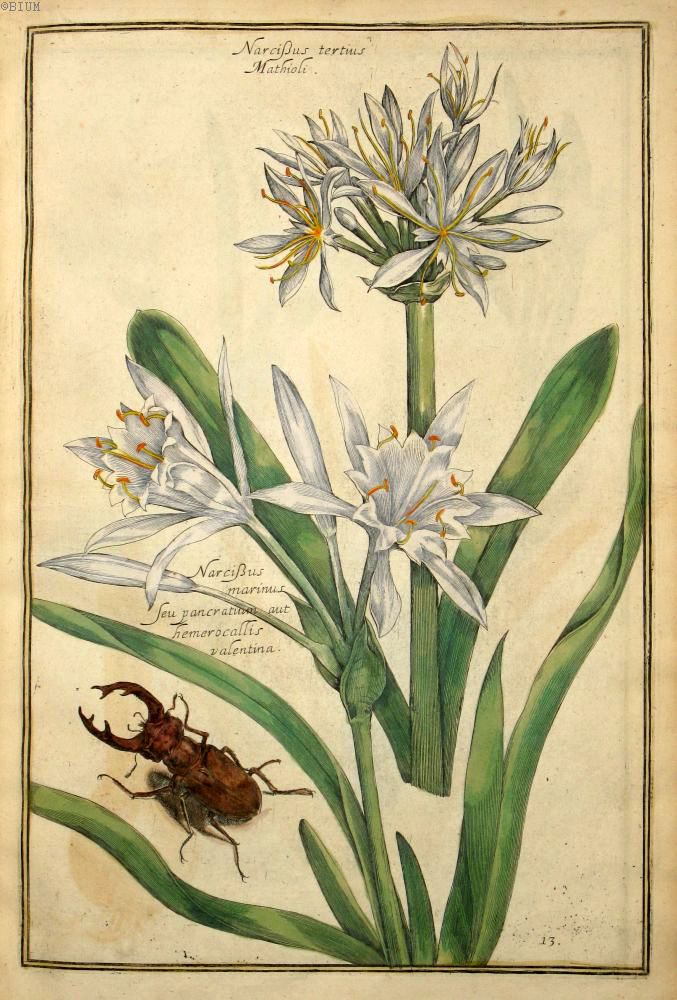Pietro Castelli on:
[Wikipedia]
[Google]
[Amazon]
Pietro Castelli (1574–1662) was an Italian  Born at
Born at
physician
A physician (American English), medical practitioner (Commonwealth English), medical doctor, or simply doctor, is a health professional who practices medicine, which is concerned with promoting, maintaining or restoring health through th ...
and botanist.
 Born at
Born at Rome
, established_title = Founded
, established_date = 753 BC
, founder = King Romulus ( legendary)
, image_map = Map of comune of Rome (metropolitan city of Capital Rome, region Lazio, Italy).svg
, map_caption ...
, he was graduated in 1617 and studied under the botanist Andrea Cesalpino (1519–1603). He was professor at Rome from 1597 until 1634, when he went to Messina
Messina (, also , ) is a harbour city and the capital city, capital of the Italian Metropolitan City of Messina. It is the third largest city on the island of Sicily, and the 13th largest city in Italy, with a population of more than 219,000 in ...
. He laid out the botanical garden
A botanical garden or botanic gardenThe terms ''botanic'' and ''botanical'' and ''garden'' or ''gardens'' are used more-or-less interchangeably, although the word ''botanic'' is generally reserved for the earlier, more traditional gardens, an ...
s at Messina in 1635, where he cultivated many exotic medicinal plants (now the Orto Botanico "Pietro Castelli" of the University of Messina
The University of Messina ( it, Università degli Studi di Messina; Latin: ''Studiorum Universitas Messanae''), known colloquially as UniME, is a state university located in Messina, Sicily, Italy. Founded in 1548 by Pope Paul III, it was the world ...
). The botanist Paolo Boccone studied under Castelli there.
Castelli was equally distinguished as a botanist, chemist, and surgeon. He maintained the necessity for all physicians of studying anatomy
Anatomy () is the branch of biology concerned with the study of the structure of organisms and their parts. Anatomy is a branch of natural science that deals with the structural organization of living things. It is an old science, having its ...
, and declared in 1648 that he had dissected
Dissection (from Latin ' "to cut to pieces"; also called anatomization) is the dismembering of the body of a deceased animal or plant to study its anatomical structure. Autopsy is used in pathology and forensic medicine to determine the cause ...
more than one hundred corpses.
The Dane Thomas Bartolinus (1616–1680) was led by Castelli's fame to visit him in Messina, in 1644, and speaks of his activity as a publicist. Castelli wrote no less than one hundred and fifty pamphlets. Among these there is one written in 1653 in answer to inquiries by Hieronymus Bardi of Genoa
Genoa ( ; it, Genova ; lij, Zêna ). is the capital of the Regions of Italy, Italian region of Liguria and the List of cities in Italy, sixth-largest city in Italy. In 2015, 594,733 people lived within the city's administrative limits. As of t ...
, wherein Castelli speaks of the cinchona
''Cinchona'' (pronounced or ) is a genus of flowering plants in the family Rubiaceae containing at least 23 species of trees and shrubs. All are native to the tropical Andean forests of western South America. A few species are reportedly natu ...
plant and its curative properties in cases of malaria
Malaria is a mosquito-borne infectious disease that affects humans and other animals. Malaria causes symptoms that typically include fever, tiredness, vomiting, and headaches. In severe cases, it can cause jaundice, seizures, coma, or deat ...
.
Paolo Boccone's pupil Charles Plumier
Charles Plumier (; 20 April 1646 – 20 November 1704) was a French botanist after whom the frangipani genus '' Plumeria'' is named. Plumier is considered one of the most important of the botanical explorers of his time. He made three botanizing ...
(1646–1704) later perished on his way to South America
South America is a continent entirely in the Western Hemisphere and mostly in the Southern Hemisphere, with a relatively small portion in the Northern Hemisphere at the northern tip of the continent. It can also be described as the souther ...
to learn more of the cinchona.
Castelli seems to have had but little knowledge of the cinchona
''Cinchona'' (pronounced or ) is a genus of flowering plants in the family Rubiaceae containing at least 23 species of trees and shrubs. All are native to the tropical Andean forests of western South America. A few species are reportedly natu ...
, and no experience in its medicinal application. Still, the pamphlet is noteworthy as being the first Italian publication that mentions the cinchona.
Castelli died at Messina.
Sources
{{DEFAULTSORT:Castelli, Pietro 1574 births 1662 deaths Physicians from Rome 17th-century Italian physicians 17th-century Italian botanists Scientists from Messina Scientists from Rome